If you’ve found yourself thinking, “I just don’t want sex anymore,” you’re not alone.
Maybe sex used to feel exciting or connecting, or maybe it’s always been complicated. But now, it feels like something you avoid, feel pressure around, or just don’t think about at all. It’s confusing. Sometimes scary. And for many people, the first question that follows is:
The short answer: no. But your experience does deserve attention, care, and support.
Low sexual desire, or no desire at all, is incredibly common, especially among women in long-term relationships who are juggling work, parenting, emotional labor, or unresolved relationship tension. It’s also one of the most common concerns clients bring to therapy.
Let’s break down why desire can shift, what it might be trying to tell you, and how working with a therapist can help you feel more connected to yourself and to your partner.
What Does It Mean If I Have Low Sexual Desire?
Desire isn’t a fixed personality trait. It ebbs and flows across our lives and relationships. So when you notice a change in your interest in sex, that’s not a flaw or failure, it’s a signal.
Desire often fades in response to something (e.g., stress, resentment, exhaustion, disconnection, or even internalized shame about sex). But instead of interpreting that signal with curiosity, many people assume it’s a reflection of their identity or worth.
In reality, desire is complex. It can be relational, emotional, hormonal, psychological, or all of the above. And with the right support, it’s often possible to understand it, and reclaim it, on your own terms.
It’s also important to note the difference between low sexual desire and asexuality. Asexuality is a valid sexual orientation, not a dysfunction or problem to fix. A person who is asexual may experience little or no sexual attraction, and that’s a healthy part of their identity. In contrast, low desire usually feels like a change from what’s been typical for you, or something that’s causing distress or tension in your relationship. If you’re unsure where you fall, therapy can help you explore that with curiosity and care.
Why You Might Not Want Sex Right Now
Here are just a few of the common (and very valid) reasons desire might be low:
Mental Load and Overwhelm
For many women, sex doesn’t just require time, it requires mental space. When your mind is full of to-do lists, caregiving responsibilities, and work stress, it’s hard to feel present or open to physical connection.
Burnout and Emotional Fatigue
Chronic stress and burnout have a major impact on our nervous systems. When you’re in survival mode, your body prioritizes rest and regulation over arousal or intimacy. It’s biology, not personal failure.
Disconnection or Resentment in the Relationship
Desire needs safety and closeness to thrive. If you feel emotionally distant from your partner, or if there’s unspoken frustration, miscommunication, or unequal labor in the relationship, it’s no surprise that intimacy starts to feel less appealing.
Sex Hasn’t Felt Good in a While
If past sexual experiences have felt pressured, unfulfilling, or one-sided, your body may begin to anticipate more of the same. This can trigger shutdown or avoidance,.not because you’re broken, but because your nervous system is protecting you.
Hormonal Changes or Medical Factors
Perimenopause, postpartum recovery, chronic pain, and certain medications can all affect desire. It’s important to understand how physical and hormonal shifts are impacting your experience, not to pathologize, but to make space for healing.
When Low Desire Impacts Your Relationship
In many couples, low desire creates a pattern of tension: one person initiates; the other pulls away; both feel frustrated, rejected, or confused. Over time, this can lead to emotional distance, decreased physical affection, or feelings of inadequacy.
It’s easy to assume that a lack of sex means something is fundamentally wrong with the relationship. Often, lack of interest in sex is not about the relationship at all, it’s about the conditions the relationship is existing in.
That’s where therapy can help.
How Sex Therapy Supports Healing and Connection
Whether you’re working individually or as a couple, therapy can be a powerful way to better understand your relationship with desire and gently shift it.
You don’t need to be in crisis to benefit. Many clients seek support when they simply notice: “I’m not feeling like myself,” or “I miss the intimacy we used to have.”
Here’s what therapy can offer:
A Shame-Free Space to Explore What’s Happening
You don’t have to explain or justify why sex feels different right now. A skilled therapist creates space for you to name what’s real, without fear of judgment or pressure to “fix” anything quickly.
Tools to Regulate the Nervous System
Many people experiencing low desire are operating in a state of chronic stress or hypervigilance. Therapy can introduce mindfulness-based tools that help you feel safer, calmer, and more attuned to your body.
Support for Couples to Reconnect
In couples therapy, we work to reduce pressure around sex and strengthen emotional intimacy. That might look like practicing more open communication, addressing longstanding resentment, or redefining what connection means in this season of your life.
Reframing What Desire Really Is
Desire doesn’t always look spontaneous or urgent. Sometimes it’s responsive, meaning something that builds when you feel relaxed, cared for, and emotionally safe. Therapy helps you explore your unique template for desire, without comparison or shame.
What If I’m Not Sure Where to Start?
That’s okay. You don’t have to have it all figured out. In fact, therapy is a place to not have all the answers.
If you’re in the Chicago area, or looking for virtual support across Illinois, our team at Embrace Sexual Wellness offers compassionate, trauma-informed sex therapy that meets you where you are.
We specialize in working with individuals and couples navigating low desire, performance anxiety, and emotional or sexual disconnection. Whether you’re looking for support on your own or with your partner, we’re here to help you take the next right step.
Signs You Might Benefit from Therapy
You don’t need a diagnosis or a crisis to reach out. Therapy might be helpful if:
You feel disconnected from your body or desire
Sex feels like a duty, not a choice
You and your partner have stopped talking about intimacy
You feel guilt, shame, or confusion about your level of desire
You want to feel more present and connected during intimacy
You’re Not Broken. You’re Human.
Low desire is not a flaw. It’s a signal, a cue from your body and mind that something deserves attention. And like most things in therapy, that signal can become a starting point for healing, growth, and deeper connection.
You don’t have to navigate it alone.
If you’re curious about working with a therapist to explore your relationship with sex, we invite you to reach out to our team of providers. Whether you’re based in Illinois or another state we’re licensed in, support is available.
































